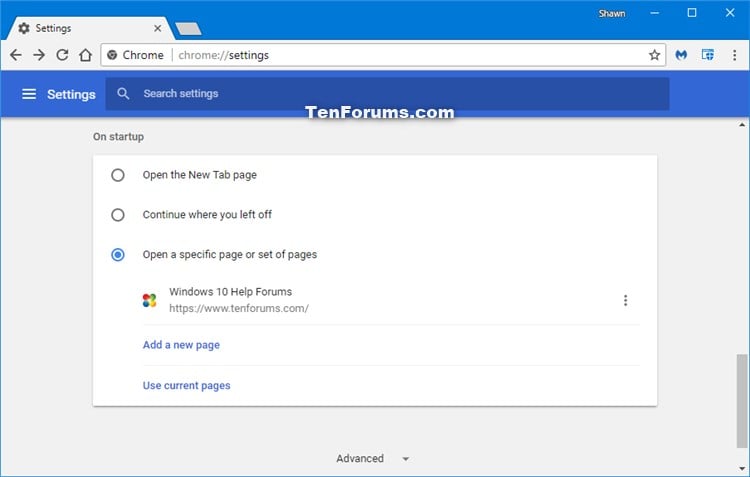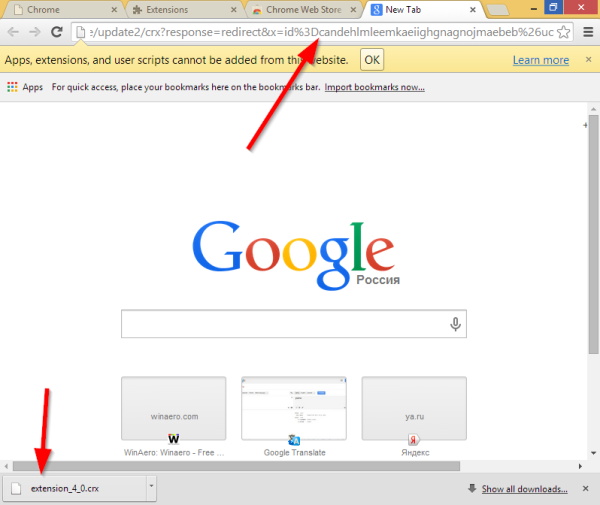
If you don't have such a folder, then just create it. Copy that file to the folder /home/your user name/.local/share/applications.Open the following folder with your favorite file manager: /usr/share/applications.

In Linux, you can create a special *.desktop file to launch the Chrome browser with an alternative profile.

Run Google Chrome with different profiles on Linux Now, you can run different Chrome profiles using shortcuts you created simultaneously. Repeat these steps for all profiles you need to create and you are done.Add the mentioned command line argument to the Target box:It will look as follows: chrome.exe -profile-directory="my other profile"Ĭorrect the profile name according to your preferences.Right click the shortcut you created and select Properties from the context menu.See this article: How to create a copy for a file quickly in Explorer. For example, select it on the Desktop, press Ctrl + C to copy it, then press Ctrl + V to paste. Duplicate your existing Chrome shortcut.

Use it as follows: chrome.exe -profile-directory="profile name" Run Google Chrome with different profiles in WindowsĬhrome for Windows 10 supports the mentioned command line argument, -profile-directory. If you signed in to Facebook in a profile, all tabs from the same profile will show you logged in on Facebook, while all other profiles will not show you logged in there. Every profile can include one or several tabs, will have its own set of cookies, extensions, configuration options, local storage and other session related parameters isolated from other profiles!įor example, once you are logged in to some web site in one of the profiles, all tabs opened in the same profile will be able to recognize your session and will show you as logged in to that site. Once you configure Google Chrome to run with different profiles, it will work as follows. Run Google Chrome with different profiles on Linux Introduction


 0 kommentar(er)
0 kommentar(er)
